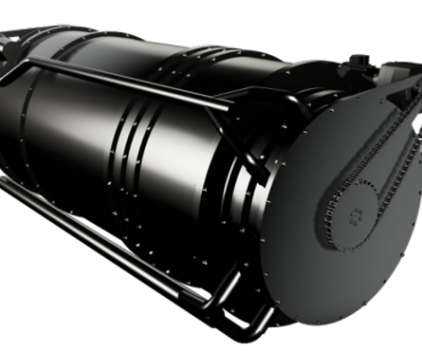IPG to demo Flameless Ceramic Turbine for clean, off-grid power in EV charging
Green Car Congress
NOVEMBER 1, 2020
Intelligent Power Generation (IPG) will demonstrate the impact of Flameless Ceramic Turbine technology in UK electric vehicle (EV) charging infrastructure, following a £1-million contract from Highways England. IPG‘s flameless combustor uses the turbine exhaust and high heat transfer effectiveness through the IPG regenerator unit.













Let's personalize your content